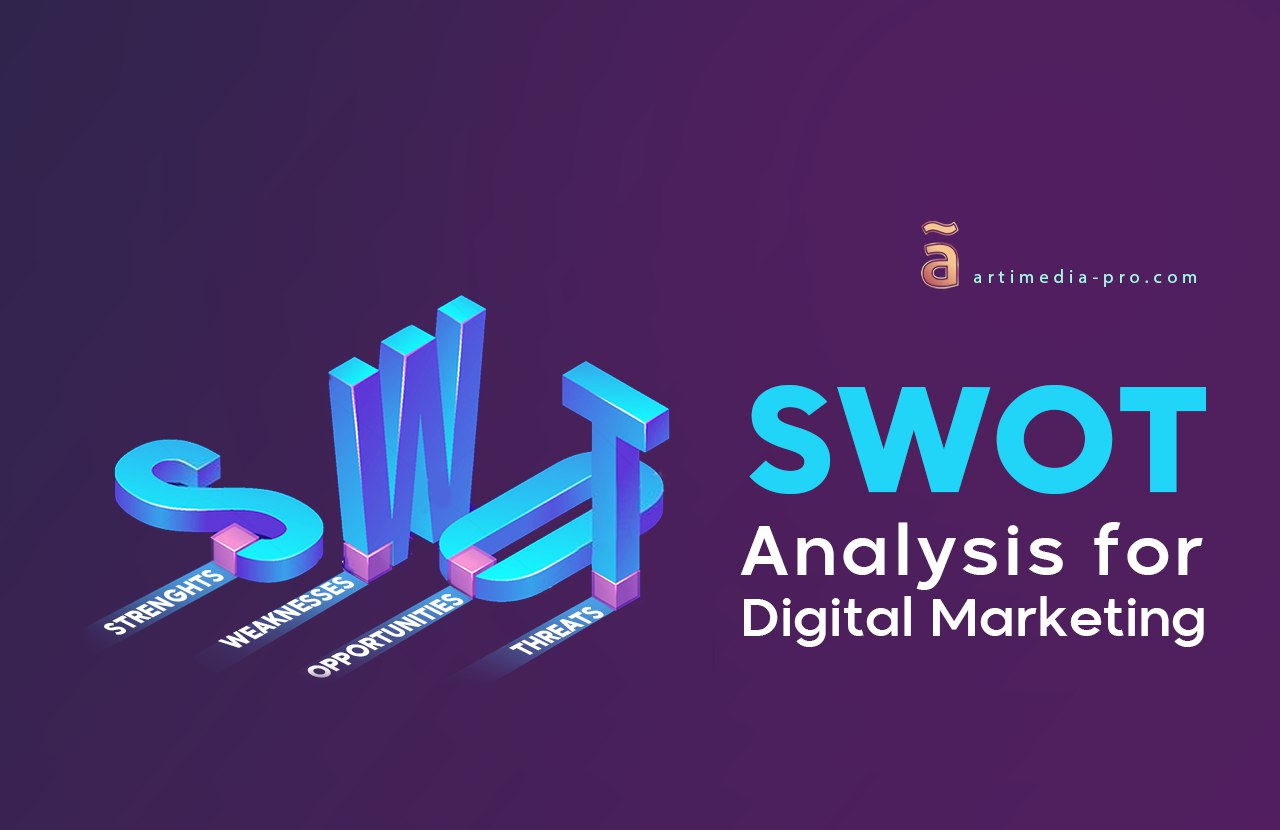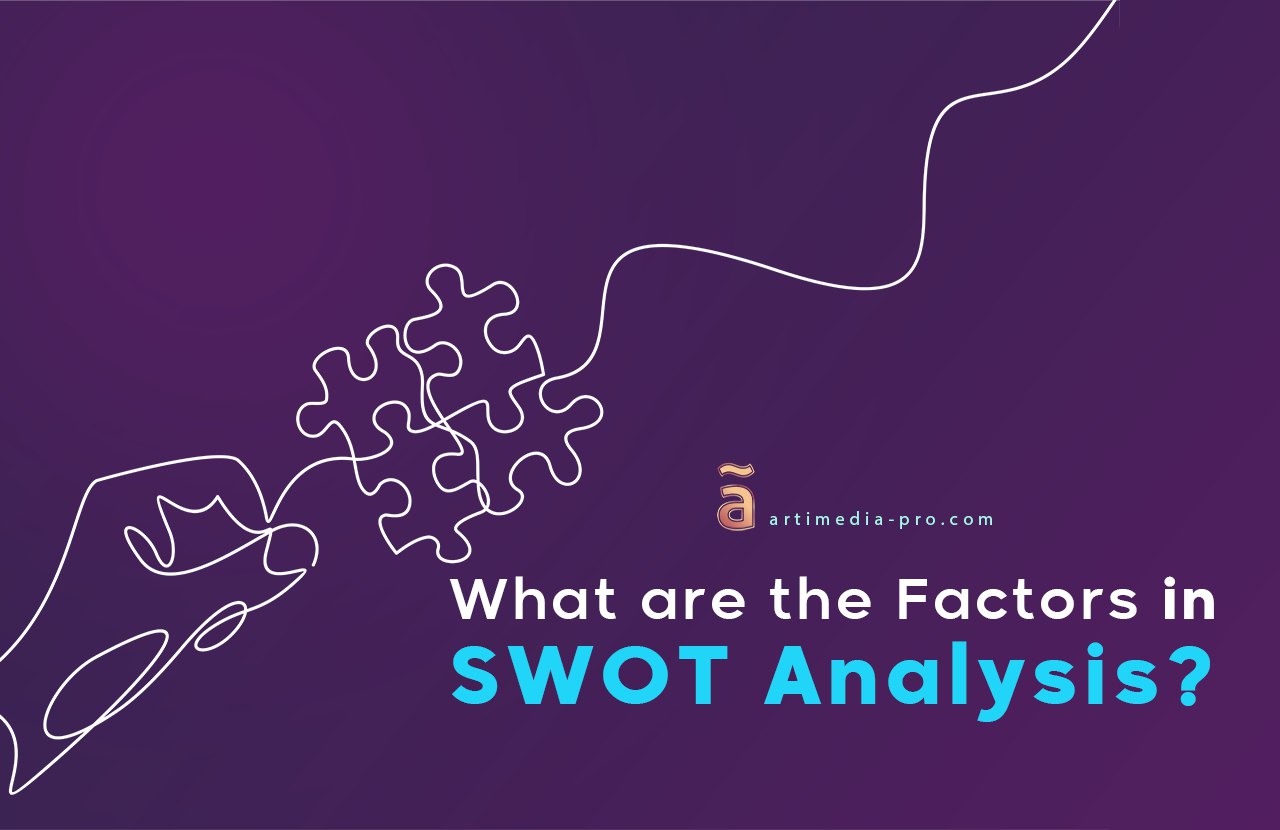Table of Contents
To build a winning digital marketing strategy, you need more than just great ideas; you need a solid plan. A SWOT analysis provides the framework to ground your strategy in reality, turning guesswork into a clear roadmap for success. It helps you understand exactly where you stand in the market, what you do well, and where you need to improve.
This guide will walk you through everything you need to know about conducting a SWOT analysis for digital marketing. We’ll break down each component, show you how to apply it, and provide actionable examples. By the end, you’ll have a powerful tool to make smarter decisions and achieve your business goals.
What is a SWOT Analysis?
A SWOT analysis is a strategic planning tool used to identify and evaluate your Strengths, Weaknesses, Opportunities, and Threats. This framework helps you get a complete picture of your internal and external environments. By organizing these factors, you can build on what works, fix what doesn’t, and stay ahead of the curve.
The four components are divided into two categories:
- Internal Factors (Strengths and Weaknesses): These are elements within your control. They relate to your team, resources, and current processes.
- External Factors (Opportunities and Threats): These are elements outside your control. They include market trends, competitor actions, and economic shifts.
Let’s look at some digital marketing examples for each:
- Strengths: A highly skilled SEO team, a strong brand reputation, high engagement on social media, or a large email subscriber list.
- Weaknesses: An outdated website, a small social media following, a limited marketing budget, or a lack of video content creation skills.
- Opportunities: A new social media platform gaining popularity, a competitor neglecting a key market segment, or a growing demand for your type of product online.
- Threats: A major competitor launching a huge advertising campaign, negative algorithm changes on a key platform, or new data privacy regulations.
Why is SWOT Analysis Crucial for Digital Marketing?
A SWOT analysis is more than just a list; it’s a diagnostic tool that provides the insights needed to craft an effective digital marketing plan. It forces you to look at your business objectively, which is the first step toward meaningful improvement. Without this clarity, you risk wasting resources on tactics that don’t align with your goals.
This analysis helps you pinpoint where to focus your efforts. For example, by matching an internal strength (like a great content team) with an external opportunity (like a trending topic), you can create a campaign that gets significant traction. Industry research, such as this SWOT Analysis Guide by the Digital Marketing Institute, emphasizes the role SWOT plays in driving informed decisions and optimizing strategies. For a practical take, Target Internet’s short guide to SWOT for digital marketers breaks down how analyzing your environment increases marketing impact. Additionally, frameworks like PESTLE analysis can complement your SWOT by deepening your understanding of external market forces.
Furthermore, a SWOT analysis helps mitigate risks. By identifying threats early, you can develop defensive strategies to protect your business. It also highlights weaknesses that could be exploited by competitors, giving you a chance to address them before they become major problems.
How to Conduct a SWOT Analysis for Digital Marketing
Follow these steps to conduct a thorough analysis that generates actionable insights.
Step 1: Define Your Objective
Start by clarifying what you want to achieve with this analysis. Are you planning a new product launch, evaluating your overall digital presence, or assessing a specific campaign? A clear objective will keep your analysis focused and relevant.
Step 2: Identify Internal Factors (Strengths and Weaknesses)
Gather your team and brainstorm what your business does well and where it falls short. Look at your website analytics, social media performance, customer feedback, and team skills. For instance, you might find that while your team excels at writing blog posts, you struggle to determine the best time to post on Instagram for maximum reach.
Step 3: Identify External Factors (Opportunities and Threats)
Next, research the world outside your organization. Use tools like PESTLE analysis (Political, Economic, Social, Technological, Legal, Environmental) to understand the broader landscape. Analyze your competitors, read industry reports, and stay updated on digital marketing trends.
Step 4: Map Your Findings in a SWOT Matrix
Organize your findings into a 2×2 grid. This visual layout makes it easy to see the relationships between the different factors. Once your matrix is complete, you can move on to developing strategies.
Step 5: Develop Strategies with a TOWS Analysis
The TOWS framework helps you turn your SWOT analysis into an action plan by matching internal and external factors:
- Strengths-Opportunities (SO): How can you use your strengths to capitalize on opportunities?
- Strengths-Threats (ST): How can you use your strengths to neutralize threats?
- Weaknesses-Opportunities (WO): How can you use opportunities to overcome your weaknesses?
- Weaknesses-Threats (WT): How can you minimize your weaknesses to avoid threats?
SWOT Analysis Example for a Digital Marketing Campaign
Let’s imagine an e-commerce startup launching a new line of sustainable products.
|
Strengths |
Weaknesses |
|
|---|---|---|
|
Opportunities |
S-O Strategy: Launch an influencer campaign with eco-conscious creators to leverage your strong product story and reach a wider, engaged audience. |
W-O Strategy: Partner with a digital marketing agency to manage paid ads, tapping into the growing market for sustainable goods without needing an in-house expert. |
|
Threats |
S-T Strategy: Use your excellent content creation skills to build a strong community around your brand values, making your audience less susceptible to competitors’ ads. |
W-T Strategy: Focus on organic growth and community building to mitigate the impact of rising ad costs, minimizing the risk posed by your limited budget. |
Frequently Asked Questions (FAQs)
How often should I update my SWOT analysis?
Your SWOT analysis is a living document. It’s a good practice to review it at least once a year or whenever there’s a significant change in your business or the market. Regular updates ensure your strategy remains relevant and effective.
Can a SWOT analysis predict market trends?
While a SWOT analysis itself doesn’t predict trends, the process of conducting one—especially the “Opportunities” and “Threats” sections—forces you to research and identify emerging patterns. It helps you become more aware of market shifts so you can adapt your strategy proactively.
Is SWOT analysis only for large companies?
Not at all. SWOT analysis is valuable for businesses of all sizes, from solo entrepreneurs to large corporations. For startups and small businesses, it provides a structured way to assess their position and find opportunities for growth, even with limited resources.
Turn Your Analysis into Action
A SWOT analysis is a foundational step in building a robust digital marketing strategy. It provides the clarity and direction needed to navigate the competitive digital landscape, helping you make strategic decisions that drive real growth. By understanding your unique position, you can craft a plan that leverages your strengths and seizes opportunities.
Ready to build a strategy that delivers results? The experts at artiMedia Pro are here to help. We specialize in conducting in-depth market analyses and creating customized digital marketing plans for businesses in the MENA region and beyond.
Contact artiMedia Pro today and let’s build your blueprint for digital success.




